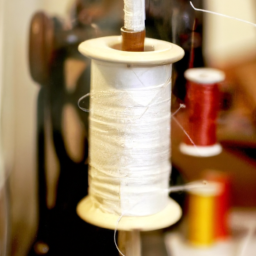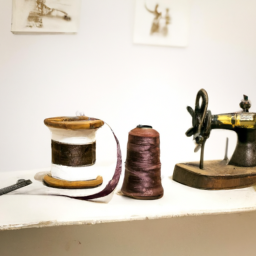
History of Sewing Boxes

The Origins
Sewing boxes, also known as sewing baskets or workboxes, have played an essential role in households for centuries. These miniature storage containers for sewing supplies and tools date back to medieval times when sewing was an integral part of daily life. Made from various materials such as wood, metal, or fabric, the design of sewing boxes has evolved over time, while their usefulness has remained constant.
Practical Use
Sewing boxes were initially developed to organize and store sewing notions like needles, thread, thimbles, buttons, and scissors. As sewing became more than just a necessity but also a form of creative expression, the contents of sewing boxes expanded to include specialty items like lace, ribbons, and patches. With compartments, partitions, and pin cushions, these boxes provided an efficient way to keep all sewing tools accessible in a single place.
Symbolic Significance
In addition to their practicality, sewing boxes held symbolic significance for households. Passed down through generations, they were cherished heirlooms that carried the memories and skills of previous seamstresses. Opening a sewing box meant opening a treasure chest of familial heritage, with each sewing tool holding sentimental value and stories of needlework passed from mother to daughter.
Evolution and Modernization
As the industrial revolution took hold, sewing machines replaced hand stitching to a large extent. Consequently, the demand for sewing boxes declined. However, they continued to be cherished by those who appreciated traditional needlework or sought a nostalgic connection to the past. Manufacturers adapted the design of sewing boxes to meet modern needs, creating portable and compact versions that fit the contemporary lifestyle.
Today, sewing boxes are no longer limited to traditional home settings. They have found new purposes and are not only used by seamstresses but also by hobbyists, artists, and crafters who appreciate the practicality and aesthetic charm of these storage solutions.
In Conclusion
Sewing boxes encapsulate the history of sewing, representing the dedication and skill of countless artisans throughout time. They continue to be treasured for their practical use, sentimental value, and their role in preserving the heritage of needlework. If you have a sewing box handed down by your ancestors, take a moment to appreciate the stories it holds and the timeless art it represents.




